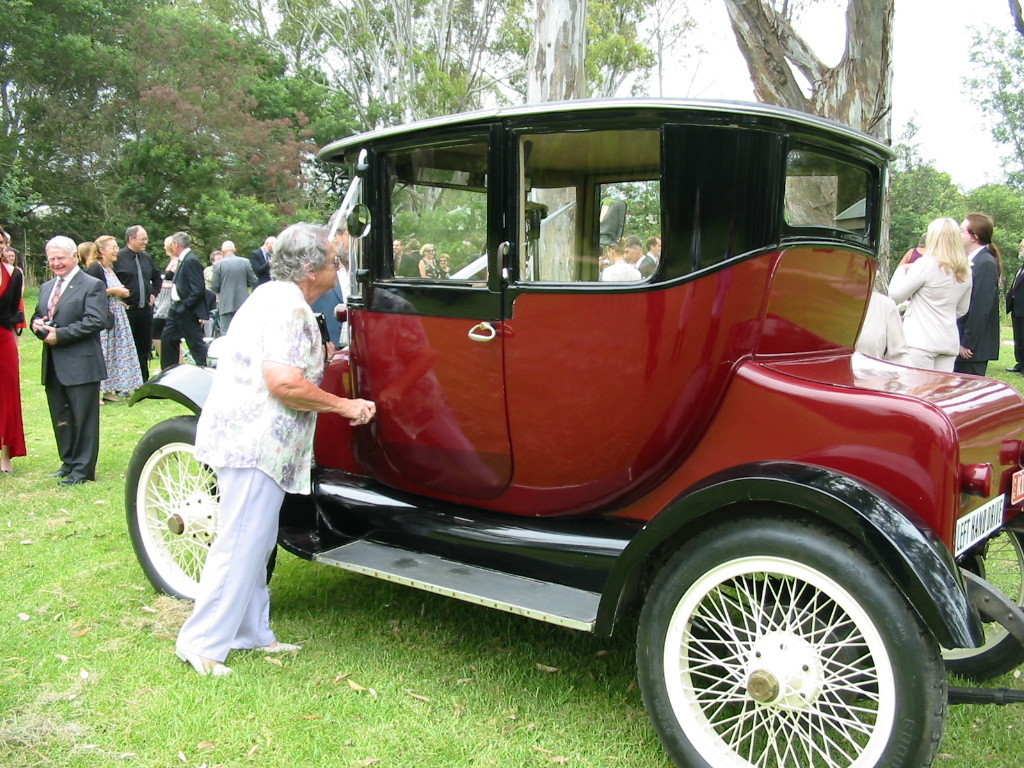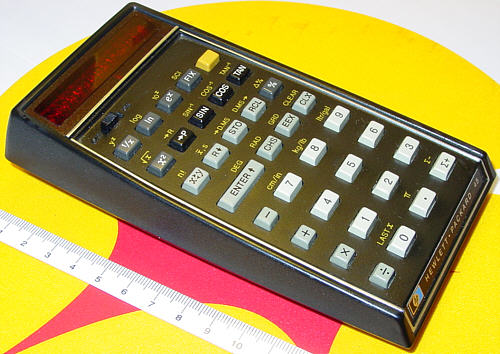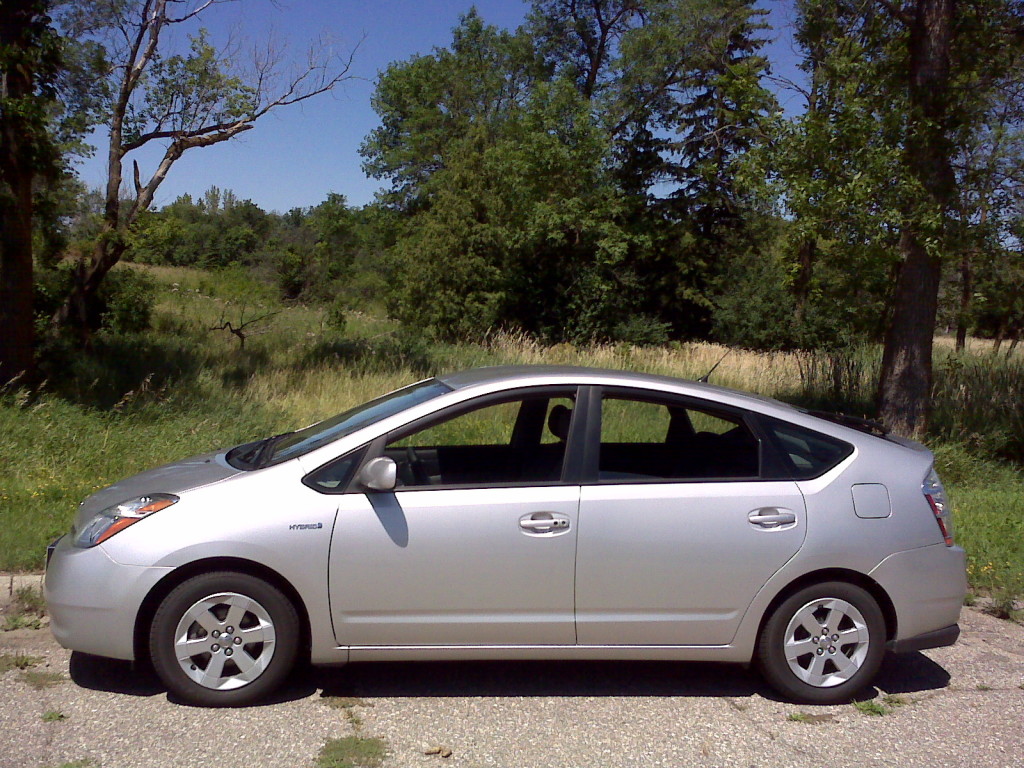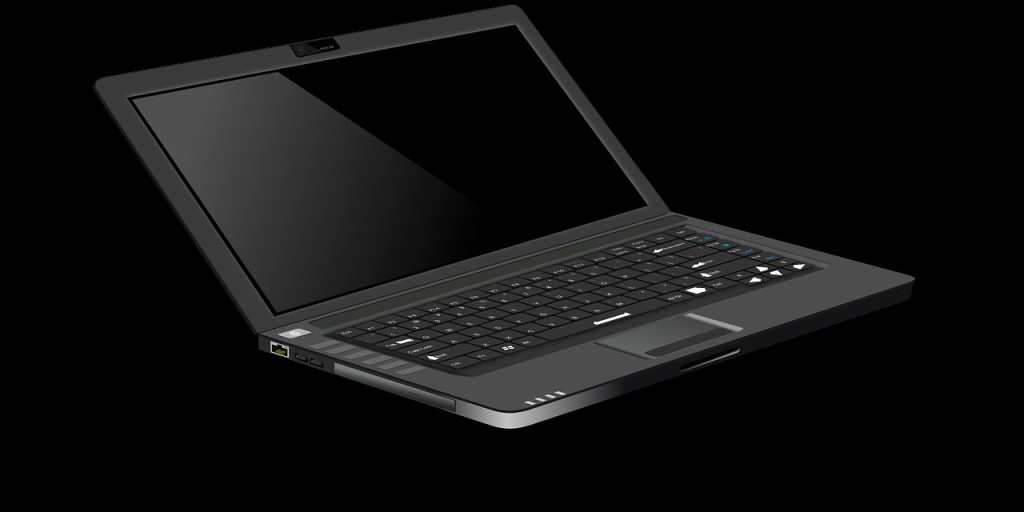
We all enthusiastically adopted hair dryers when they were introduced. The early version were 1200 and 1500 watt. The manufacturers of the time self imposed this maximum power. They collectively believed that a 110VAC outlet in a typical North American home could only deliver this amount of power. The market has progressed past this self imposed limitation. I was looking at the 1875 watt dryer that my wife stores on the bathroom counter. I reflected that it seems ages ago that we dried our hair at the slow rate of a 1200 watt hair dryer. On the other hand, it could be argued that the relentless conversion of fuses to circuit breakers has reduced the inconvenience associated with overloading a plug and blowing a fuse.

Other good examples of self imposed limitation is the 4 minute mile. When Roger Bannister determined how to run a four minute mile, he accomplished the feat against a background of all the other suitably conditioned athletes believing it was impossible. A good example of a self imposed limitation. Today most top runners break the 4 minute barrier in competitions. They are unaware of the historic self imposed limitation. It is easy to identify self imposed limitations after they are exposed.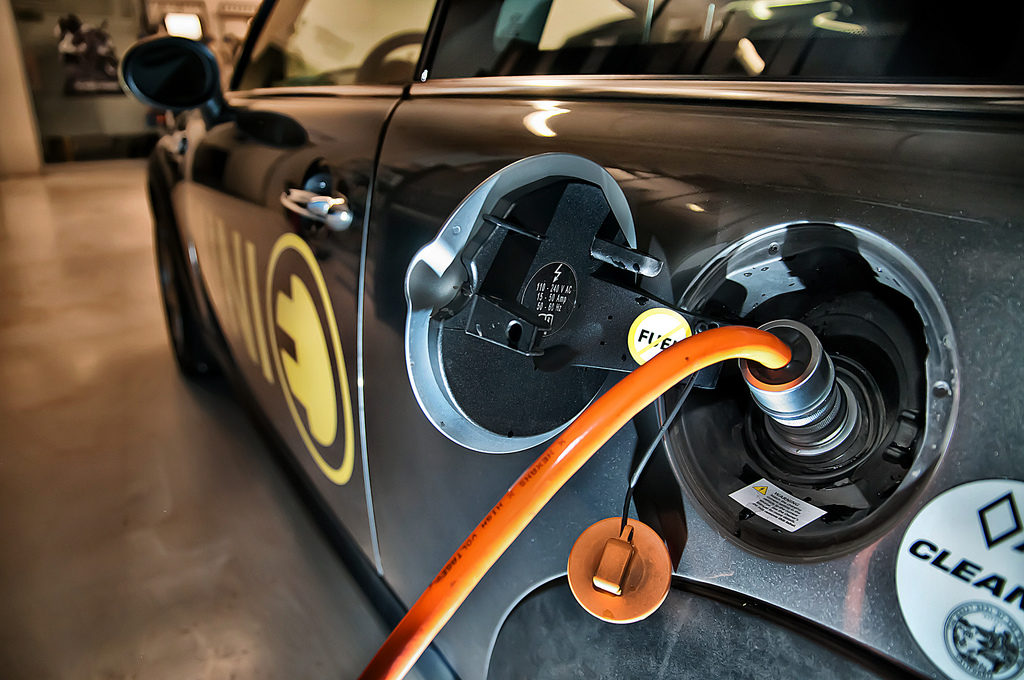
Discussing self imposed limitations is more useful when the participating parties realize that it is possible to obtain greater benefits by abandoning them. Inventors and start-up companies run into this artificial barrier all the time. Amid my current projects is a new technology battery that is designed to be rapidly charged. The stodgy users have to be taught that they can charge this battery when ever it is near a 110VAC outlet. It is no longer necessary to wait unit the battery is completely discharged to restore some charge (a self imposed limitation) Harder to understand is a reluctance on the part of the engineers who design the charging system to switch gears. They insist on retaining a self imposed limitation. The charger design engineers need to be taught that a short (opportunity) battery charging higher output burst will not overheat the charger. This improvement only occurs by abandoning the self imposed limitation, Yes the charger can deliver a short duration burst of amperage which is greater than the amount it can continuously deliver over a long period. Just like the the hair dryer manufactures, battery charger manufacturers eventually will adopt enhanced opportunity charging performance. It will take a “Roger Bannister” to see beyond the self imposed barrier blocking higher power outputs
Tag Archives: rechargeable battery
Battery Assault
“I sell here, Sir, what all the world desires to have – POWER”, Matthew Boulton. From the infancy of the industrial revolution where Matthew promoted his steam engine, we humans wanted to encapsulate power in our hands. In the early 1900s electric cars running on lead acid batteries vied with the early unreliable internal combustion engines. Now, 100 years later, we mostly use vehicles powered by internal combustion engines, but a few remaining vehicles, such as lift trucks and Kiva robots, are powered by lead acid batteries. Lead acid battery life is still an issue. For example, Kiva (now Amazon robotics) robots, require brand new batteries every year.
Modern electronics ratcheted up the demand for portable sources of electric power. When I used my HP45 calculator, the nickle cadmium cells in the battery pod drove most users nuts.
We enthusiastically adopted the convenience of laptops when the intersection of lower power usage computer chips coincided with lighter weight lithium battery development. Lithium batteries take advantage of the fact that lithium is the lightest metal. Unfortunately, all high density energy storage materials are a fire hazard. We have heard about lithium battery fires in laptops, planes and even Tesla cars. Our familiarity with normal cars causes us to forget that gasoline fires in cars are also very common. Most lithium battery makers are still focusing on electrode development in that battery life is still a frustration.
Based on a successful trial, Eos has just received third round funding for their grid scale zinc air battery. http://www.greentechmedia.com/articles/read/eos-raising-25m-to-build-megawatts-of-low-cost-grid-batteries They are working with Con Edison to replace coal fired peaking power plants with batteries. It takes a whole lot of batteries.
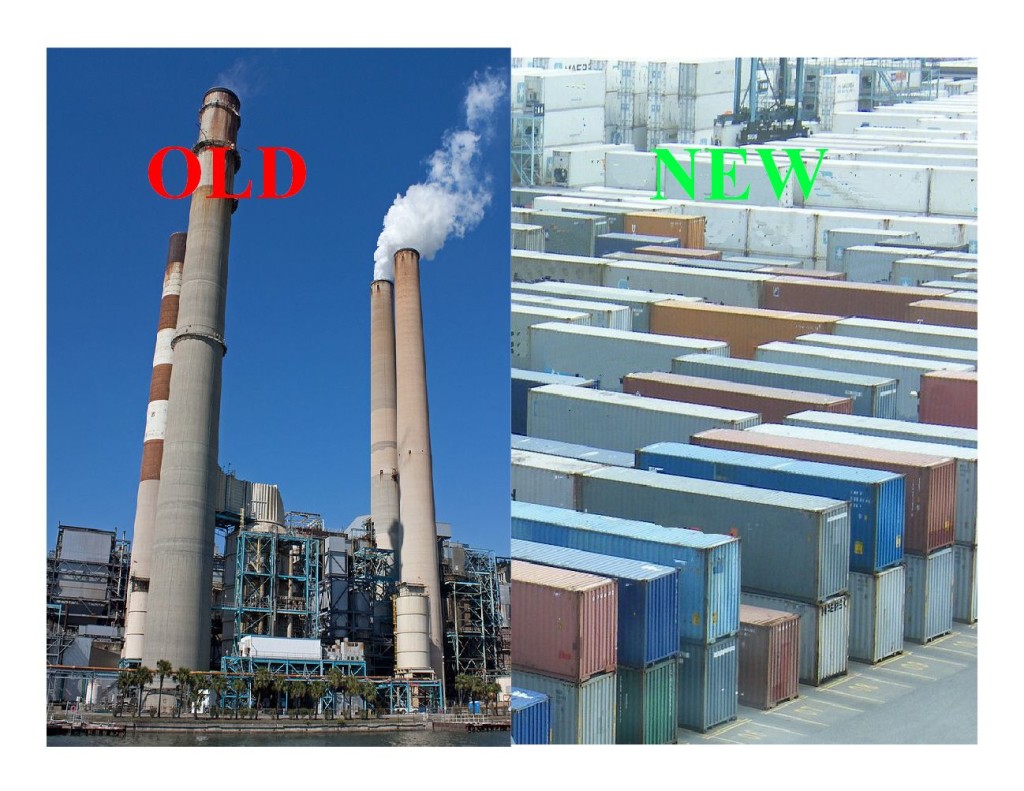
Modular ZInc Air in Sea Land
picture of Big Bend Power Station by Wkniught94 talk
container picture by Marc Cromme, Denmark
Batteries are encapsulating power in our hands. The cordless drills, shavers, weed eaters, vacuums, lawn mowers, snow blowers that we enjoy, are just the spin off benefits.

